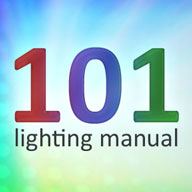Looks nice,
I want something like this for my garden lights.
Now for a firmware guru...
Cheers
Phil
I want something like this for my garden lights.
Now for a firmware guru...
Cheers
Phil
Follow along with the video below to see how to install our site as a web app on your home screen.
Note: This feature may not be available in some browsers.
